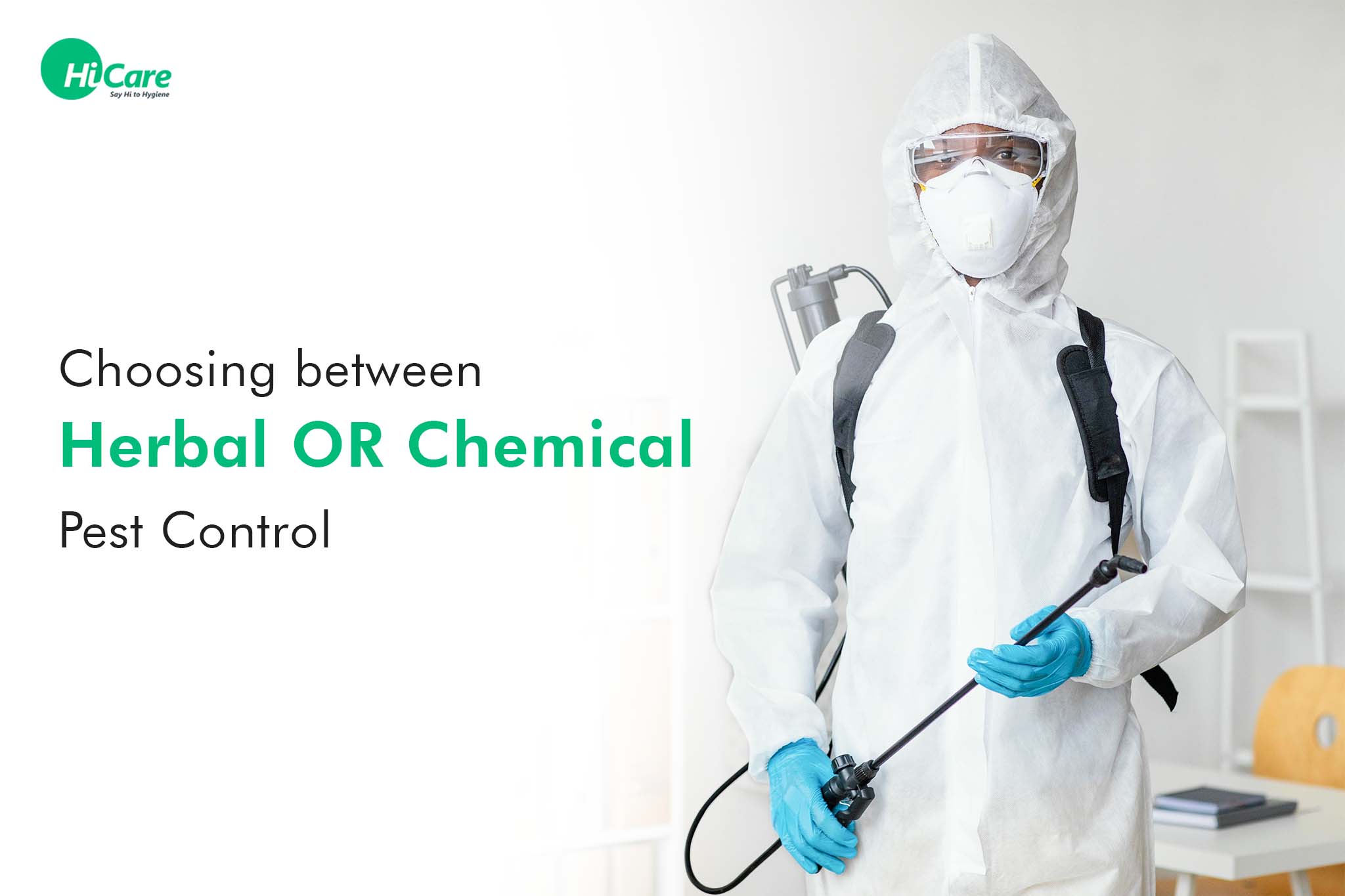Bed Pest Treatment Failure: Contrasting Chemical Vs. Non-Chemical Solutions
In the world of pest control, particularly when handling the persistent concern of bed bugs, the choice in between chemical and non-chemical therapy remedies can be an essential one. Both methods use unique benefits and disadvantages, affecting aspects such as effectiveness, safety considerations, and general expense. By checking out the nuanced information of each approach, a more clear understanding of which path to pursue in addressing a bed bug invasion can be attained.
Efficiency of Chemical Therapies
Chemical treatments for bed pest problems have been widely recognized for their quick and potent efficiency in eliminating these parasites. When considering the efficiency of chemical therapies, it is crucial to understand that they can provide a fast and comprehensive option to a bed bug problem. Expert pest control specialists often rely upon insecticides to target bed bugs at different stages of their life process, including eggs, adults, and fairies. These chemicals typically function by interrupting the bed bugs' nerves, leading to paralysis and ultimate fatality.
In addition, chemical treatments have the advantage of supplying recurring results, suggesting that they can remain to get rid of bed insects also after the initial application. This recurring activity is especially valuable in combating any possible re-infestations. Additionally, the quick action of chemical treatments can bring relief to people dealing with serious bed bug invasions, allowing them to reclaim control of their living rooms quickly.
Security Concerns With Chemical Solutions
One important element that needs cautious factor to consider when using chemical options for bed pest treatment is making certain the security of residents and the environment. Direct exposure to particular chemicals used in bed bug therapies can lead to breathing concerns, skin irritation, or various other unfavorable reactions, specifically in people with pre-existing conditions or level of sensitivities.
Moreover, the ecological influence of chemical solutions is an additional significant consideration. Some chemicals made use of in bed pest treatments may be damaging to beneficial insects, wild animals, and environments if they seep into the soil or water supply. It is necessary to make use of chemical therapies judiciously, adhering to safety and security guidelines, and taking into consideration much less hazardous alternatives to minimize these threats and make certain the reliable and safe monitoring of bed bug invasions.
Advantages of Non-Chemical Techniques
Thinking about the prospective security worries and ecological effect connected with chemical services for bed bug therapy, exploring non-chemical techniques presents a promising option with numerous distinct benefits. Non-chemical approaches offer a more secure choice for families, particularly those with pets, kids, or individuals conscious severe chemicals. These approaches remove the risks of direct exposure to hazardous substances, minimizing the possibility for negative health effects. Additionally, non-chemical therapies are eco pleasant, as they do not contribute to air or water pollution, making them a lasting option for insect control.
In addition, non-chemical services can be efficient in targeting bed pests, consisting of hard-to-reach locations where chemical treatments might not permeate. Methods such as warmth therapy, vacuuming, steam cleaning, and bed mattress encasements offer thorough obliteration without making use of unsafe chemicals. In addition, non-chemical strategies can be less turbulent, needing very little prep work and permitting for quicker reentry into treated locations. Overall, choosing non-chemical bed insect therapy techniques not just focuses on security and environmental management but additionally guarantees efficient and comprehensive insect control.
Limitations of Non-Chemical Treatments

Furthermore, non-chemical therapies typically call for several applications to attain effective eradication. This can be lengthy and might not constantly guarantee total elimination of all bed pests and their eggs, specifically in hard-to-reach or hidden areas.
Additionally, the success of non-chemical therapies greatly depends on correct implementation and thoroughness, which can be challenging for individuals without specialist expertise. Poor application of non-chemical approaches might result in insufficient obliteration, causing persistent invasions and the demand for added therapies.
As a result, while non-chemical therapies have their benefits, it is important to acknowledge these restrictions and consider them when identifying one of the most effective method for taking care of bed pest invasions.
Price Comparison: Chemical Vs. Non-Chemical Options
Provided the limitations related to non-chemical therapies, a crucial facet to evaluate in the context of bed pest monitoring is the expense contrast between chemical and non-chemical options. Chemical treatments normally include the application of pesticides by specialists, which can vary from $250 to $900 per space, relying on the extent of the infestation and the size of the location to be treated. On the other hand, non-chemical therapies like heat therapy or heavy steam can be more pricey, with expenses ranging from $1,000 to $6,000 for an entire home. While the initial expense of chemical treatments may appear lower, multiple therapies might be required to completely get rid of the invasion, possibly boosting the general expense. On the other hand, non-chemical options may provide an extra sustainable and green service, although they can be cost-prohibitive for some people. Inevitably, when local bug exterminators considering the cost of bed pest treatment choices, it is important to weigh the ahead of time expenses versus the efficiency and long-lasting sustainability of the chosen technique.
Conclusion

Taking into consideration the prospective safety worries and ecological impact connected with chemical services for bed pest treatment, discovering non-chemical techniques presents a promising alternative with numerous unique advantages.Offered the constraints connected with non-chemical treatments, a necessary aspect to evaluate in the context of bed pest monitoring is the price comparison between chemical and non-chemical choices. In comparison, non-chemical top article therapies like heat treatment or vapor can be more expensive, with prices varying from $1,000 to $6,000 for from this source a whole home. While the initial expense of chemical treatments may seem reduced, numerous therapies might be needed to completely eliminate the infestation, potentially increasing the general cost.In final thought, when comparing chemical and non-chemical bed bug therapy options, it is important to take into consideration efficiency, security, benefits, restrictions, and cost.